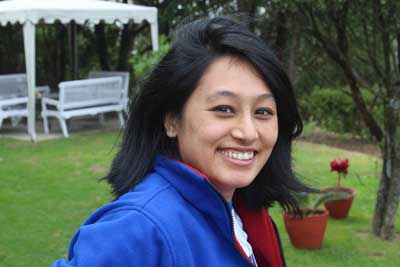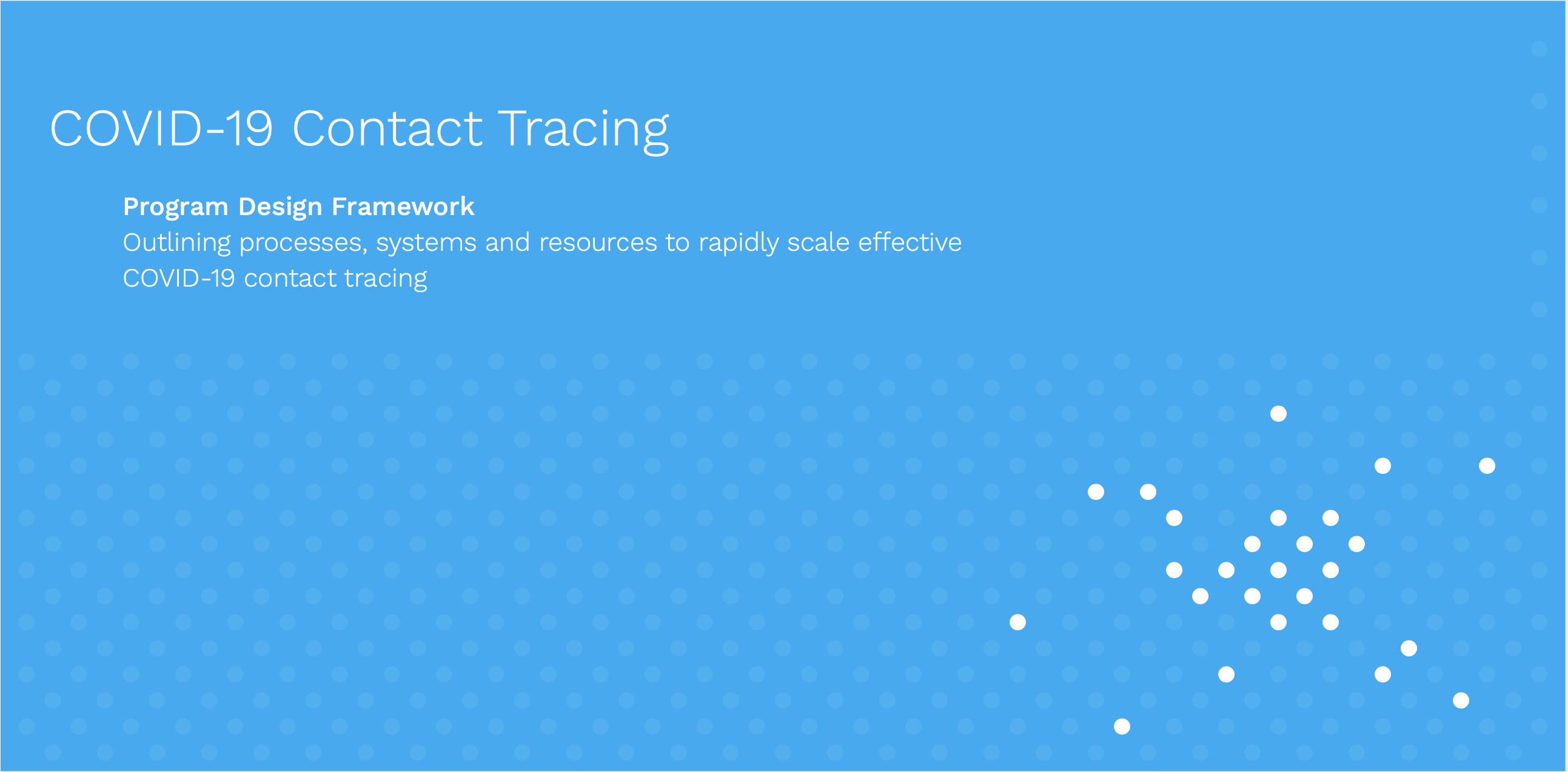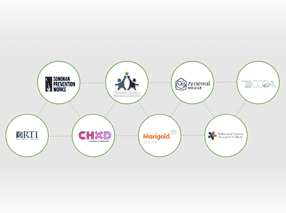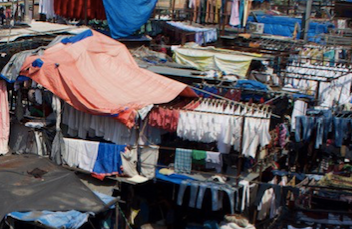By Alisha Tuladhar

Nairisha Shrestha
“With EpiHack Vietnam, the thing that stood out was how focused the team was on creating a solution that was actually needed – few, but much needed, solutions.”
I interviewed participant Nairisha Shrestha, Project Manager at Microsoft Innovation Center Nepal to learn about her experience at EpiHack Vietnam.
Q: Can you share your experience at the EpiHack Vietnam event?
Nairisha:
All in all, my experience at EpiHack Vietnam was a very positive one. Although we faced some bad weather during the event, the sessions and interactions kept it enjoyable.
Q: Of other hack-a-thon style events that you have attended how does the EpiHack compare? Anything in particular that stood out the most during your time there?
Nairisha:
We at Microsoft Innovation Center in Nepal have organized over 11 hackathons(Appathons) in Nepal and I have attended a few of them as well. Almost all of the hackathons that I have attended are based on a theme (child health, education etc) but they did not have their focus on the solutions. It was left to the participants on what solution they would develop.
What this usually leads to is the creation of interesting and innovative solutions but most of the time, they are not the solutions that actually can solve a problem. Almost all of the solutions lifespan ends with the event.
But with EpiHack, the thing that stood out was how focused the team was on creating a solution that was actually needed. The focus on a few, but much needed solutions, was what stood out the most for me.
The laser focus of the EpiHack s what makes all the difference. Other hackathons focus on either building interesting cool prototypes or creating a viable business solutions. Since EpiHack focuses on solving real world problems I think it would definitely catch the attention of the people in the health sector.
Q: Tell us about the people who attended the event. Who did you make connections with?
Nairisha:
Attendees at EpiHack Vietnam could be broadly divided into two groups, the technical experts and the domain experts. Technical experts were skilled developers and IT professionals, while the domain experts were health professionals. With mostly local participants, there were also a handful of international participants.
As an international participant, I got a better opportunity to connect with more of the international experts. I learned about how things take place where they are from and also discussed about the possibility of collaboration in the future.
Q: Now, bringing the EpiHack lessons back to your home country Nepal – how could the Nepal ecosystem of public health officials and technologists benefit from an EpiHack event?
Nairisha:
There are two ways in which an EpiHack can benefit the Nepal’s public health ecosystem.
One is we can see how already existing solutions from EpiHacks can be implemented in Nepal. There may be a need for minor adjustment, but I see a huge possibility here. For this we can start to look at starting a dialog with respective organizations.
Also, by hosting an Epihack in Nepal, we will be able to target problems we have here and create bespoke solutions just for nepal. At the Vietnam EpiHack, we had a Ministry of Health representative from Nepal already present, so I think we already have a good head start.
I think there would be a similar type of crowd to Vietnam if we had EpiHack in Nepal. A slight difference would be that less IT professionals and more students will be participating as developers. IT professionals here would be mentors guiding students to develop the solutions. This, in my view will be a plus point as student developers are full of innovative ideas have have skills that are up to date with the latest technology trends. Ideally, prototypes would be continued through the support of the IT professionals after the event.
Q: What are the pressing health issues that Nepal faces that innovative solutions from an EpiHack might target?
Nairisha:
I consider eight top issues that Nepal faces in health sector, and that would benefit from an EpiHack type event:
Childhood diseases, Water and sanitation, Maternal and perinatal health problems, Sexually transmitted diseases and other communicable diseases, Epidemics/Pandemics diseases, Natural disaster and preparedness, Disparity in Health system, and Mental health problems.
Technology is doing wonders today. Making life easier for people. But yet its health impact potential in Nepal is not being utilized to the fullest. While the commercial use of technology is definitely progressing forward rapidly, if it is not used to solve the fundamental problems, we are failing as technologists.
Q: Finally, what are your key takeaways from the EpiHack?
Nairisha:
The key takeaways from the event were are as follows:
- Technology today has made it possible to solve tough problems. But the biggest obstacle to implementation of the technology is behavior change in the technology’s users.
- I realized that problems that people face are universal. Solutions to these problems in one area can be implemented in another similar region with little or no modification.
- When people from all over the globe are in a room sharing their ideas and experiences, an immense amount of learning happens. Thus, the solutions that are created have a high probability of being successful.
- Finally, I know that if an event like EpiHack is conducted in Nepal, it would create a lasting positive impact.





